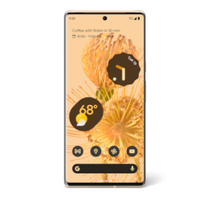TechRadar Verdict
The Galaxy S21 isn’t the star of Samsung’s S series in 2021, like we’ve been used to for most of the past decade, but it’s a solid smartphone choice with an impressive camera, powerful internals and great battery life. If you want the best of the best, look to the Galaxy S21 Ultra; but if you want a handset that’s cheaper than the Galaxy S20 was at launch, with a whole load of premium features, the Galaxy S21 is a delight to use, and will do you proud.
Pros
- +
Fantastic, versatile camera
- +
Cheaper than the Galaxy S20
- +
Powerful and capable phone
Cons
- -
No microSD support
- -
Screen isn’t the best
- -
No charger in the box
Why you can trust TechRadar
Two-minute review
It's an odd handset on paper, but having spent a week working on this Samsung Galaxy S21 review, we’ve found it to be a highly capable phone that's a pleasure to use, despite a couple of specs being dropped from previous handsets, notably the Galaxy S20 from 2020.
Why does the Samsung Galaxy S21 have lesser specs than the Galaxy S20? Two reasons. The first is that Samsung wanted to drop the price of its handset – the S21 launched with a starting price of $799 / £769 / AU$1,249 compared to the Galaxy S20 5G’s $999 / £899 / AU$1,499.
The second is that the company is also putting a bigger focus on its Samsung Galaxy S21 Ultra – and unlike the Galaxy S20 Ultra in 2020, it’s a handset we’d readily recommend to those who are desperate to try the company’s latest innovations, and happy to pay for them.
That makes the S21 a significantly less exciting Galaxy S phone than we’re used to seeing, but make no mistake: the Galaxy S21 is still a fantastic handset choice, albeit with a few tweaked specs compared to the Galaxy S20 – and that price drop is likely to attract a lot more people to the S series.
If you want a larger screen but similar specs, there's also the Samsung Galaxy S21 Plus. That is a remarkably similar phone to this, and the big differences are the phone's size, its battery capacity and that it has a slightly more premium glass back.
Or if you want a newer model there's now the Samsung Galaxy S22 line - but those phones will cost you more.
Back to the S21, and the chipset is powerful, the camera software has improved over previous models, and the battery life is strong, giving you a solid day of use from a full charge, alongside effective fast-charging and wireless charging options.
Samsung has opted for a lower-spec screen than the one on the S20, with a Full HD+ 6.2-inch display, but it offers a 120Hz refresh rate for super-smooth scrolling and graphics, plus fantastic colors, and strong brightness levels – and we didn’t notice the lower resolution in most of our testing.
The chipset – we’ve tested the Exynos 2100 version of the phone – is also powerful, delivering some fantastic results in real-world use as well as in benchmarking software.
If you already own a Samsung Galaxy S20, or if you can find that handset for a significant discount, you won’t want to opt for the Galaxy S21 – while the newer phone gains in some areas it loses in others, and overall there’s not much between the two phones – certainly not enough to justify paying a couple of hundred dollars or pounds more.
Conversely, if you’re after the top-end tech that Samsung is selling in the S21 line then you’ll want to check out the Samsung Galaxy S21 Ultra - or go for something newer with the S22, Galaxy S22 Plus, or Samsung Galaxy S22 Ultra.
But if you’re after a cheaper alternative to those phones, and which works fantastically well for everyday tasks, the Galaxy S21 is just that.
Samsung Galaxy S21: release date and price
- Samsung S21 release date was January 29, 2021
- Samsung S21 price starts at $799 / £769 / AU$1,249
- Want higher specs? You'll pay $849 / £819 / AU$1,349
Weight: 169g
Dimensions: 151.7 x 71.2 x 7.9 mm
Display size: 6.2-inch
Resolution: FHD+ (2400x1080)
Refresh rate: 120Hz
Pixel density: 421ppi
Chipset: Snapdragon 888 / Exynos 2100
RAM: 8GB
Storage: 128GB / 256GB
Rear cameras: 12MP + 64MP + 12MP
Front camera: 10MP
Battery: 4,000mAh
The Samsung Galaxy S21 release date was Friday, January 29, 2021 for most of the world, including the US, UK and Australia. That means you can readily buy the smartphone now from a variety of retailers, carriers and networks in all three of those countries.
The Samsung S21 was officially unveiled on January 14, 2021 which was the earliest in a year we've seen the company introduce its new smartphone technology.
Its price is remarkably lower than that of the S20 at launch, with Samsung trimming a few specs, including reducing the maximum display resolution and dropping microSD support, in order to make this possible.
The Galaxy S21 price officially starts at $799 / £769 / AU$1,249 for a version with 128GB of storage and 8GB of RAM. There’s also a 256GB and 8GB RAM variant, and that costs $849 / £819 / AU$1,349. However, while those were the launch prices, some stores now sell the Samsung Galaxy S21 for less - and that's a good thing too, as the Samsung Galaxy S22 has since landed at the same price.
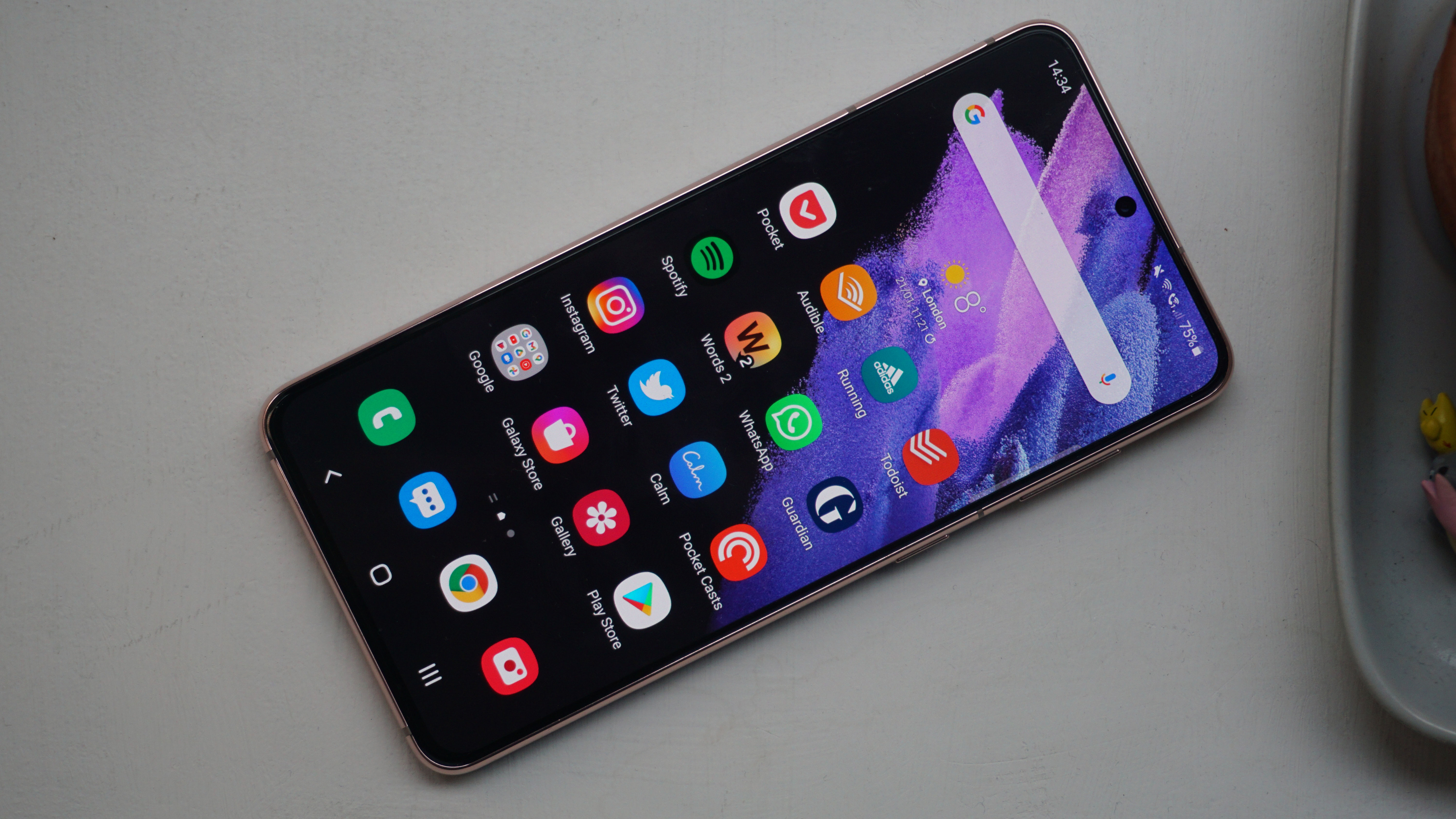
The Galaxy S20 5G price started at $999 / £899 / AU$1,499, so the newer phone was quite a bit cheaper at launch, even without price drops. If you want the very top-end of the line, you’ll be looking for the Galaxy S21 Ultra, which sports perks like a QHD+ display and expandable storage, but which comes with a much higher price tag - or for the top Samsung phone there's the even more expensive Galaxy S22 Ultra.
It’s also worth noting that all of Samsung’s S21 phones are 5G-compatible, so you won’t be able to buy a 4G-only variant. Instead, Samsung had made its 5G-compatible smartphones more competitively priced, so you’ll be getting a future-proofed option even if you don’t intend to use next-gen connectivity in the near future.
Looking for a slightly higher spec Samsung Galaxy S21 handset? The Samsung Galaxy S21 Plus starts at $999 / £949 / AU$1,549 with the Galaxy S21 Ultra taking the honor of the series' most expensive phone at $1,199 / £1,149 / AU$1,849.
Those again are launch prices though - shop around and you're likely to find any of these phones for less than that, and price could drop even lower on Amazon Prime Day (July 12 and 13).
- These are the best Samsung Galaxy S21 deals right now
Samsung Galaxy S21: design
- New Contour Cut camera design stands out
- 'Glasstic' rear with a matte finish
- Feels premium, but not as high-end as S21 Ultra
The design is where Samsung has made the most obviously noticeable changes over the S20 (which we crowned 2020’s best smartphone), overhauling the materials used, the colors, and the overall look of the device.
There’s a 6.2-inch Full HD+ AMOLED display on this handset, which we’ll dive into more in the display section below. This phone is the smallest member of the Galaxy S21 family, and while it may not be as trim as the iPhone 13 mini, those with smaller hands shouldn’t have too much trouble using it.
If you want a larger phone, the Samsung Galaxy S21 Plus comes with a larger screen and the Galaxy S21 Ultra has the largest screen of the whole series. Both of these handsets are more expensive though.




Samsung has switched from a full glass rear on the Galaxy S20 – a design that wasn’t too exciting in the flesh – to a ‘Glasstic’ rear that comes with a matte finish and incorporates a new camera block design.
Glasstic is the company’s own name for the material, which as the name suggests is somewhere between plastic and glass. It doesn’t feel as premium as a glass rear, but the matte finish also means it doesn’t feel like cheap plastic either.
Samsung used the same material on the Galaxy Note 20, but the matte finish feels more suitable here and it’s much less shiny than the glass rear on the Galaxy S20, which means it’s less of a fingerprint magnet. The metal edges around the outside of the device add a touch of premium polish.
You’ve got four color choices at launch: Phantom Gray, Phantom White, Phantom Pink, and Phantom Violet (the shade you see pictured throughout this review) – we think Violet is the standout color here.
The company has made the camera array on the S21 phones look different to any other on the market .Samsung is calling this its Contour Cut Camera, and it’s a divisive design to say the least – although we think it looks bold, and it’s something we’ve grown used to during our time testing the phone. The gold camera array on the Phantom Violet variant is particularly good-looking, and it feels slimmer than on the Galaxy S20, so it doesn’t jutt out from the rear of the phone so much.

There’s very little to break up the sleek edges of the phone: the bottom edge features the SIM tray, a USB-C port and a speaker grille, while on the right side are the power button and volume rocker; however, the Bixby button found on other handsets from the company hasn’t made a return here. Instead you can launch Samsung’s assistant by long pressing the power button.
One negative for some is the switch to a completely flat screen on the Galaxy S21. Samsung has used screens that curve attractively into the body at the left and right edges for a number of generations now, but this has been dropped for the Galaxy S21.
It’s unlikely to be something you’ll notice unless you’re used to those curved edges, but it’s worth noting if you’re someone who particularly likes that design feature – and as is the case with other dropped features, Samsung has retained the curved-edge screen for the premium S21 Ultra.
All in all, the Samsung Galaxy S21 feels like a premium device, although it’s unlikely to feel as top-end as the Samsung Galaxy S20 if you own that handset, or the Galaxy S21 Ultra.
Samsung Galaxy S21: display
- Samsung has dropped the resolution to Full HD+ for this phone
- 120Hz refresh rate is great, as is brightness
- Tough to notice switch from QHD, but some will be disappointed
The downgrade to the display is perhaps the most controversial change Samsung has made for the Galaxy S21, with the company switching to a lower-res Full HD+ screen than the Quad HD display available on 2020’s Galaxy S20.
As mentioned, Samsung has done this to help keep the price of the new phone down, and unless you’ve used a phone with a QHD resolution we don’t believe you’ll be able to easily tell the difference – we found that all the videos we watched on the S21 looked suitably high-quality on the Full HD+ panel.
If you already own a Samsung Galaxy S20, though you likely won’t be impressed by this decision, and if you’re looking for one of the best Samsung phones for screen tech then you’ll want to opt for the Galaxy S22 Ultra, which keeps the QHD screen.



Has Samsung made the right decision here? Largely, we think, yes. It won’t be popular with everyone, but crucially it’s allowed Samsung to cut the price of its Galaxy S21 series, and it won’t be hugely detrimental to most people’s everyday experience with the phone.
The Galaxy S21 display features a 120Hz maximum refresh rate, which is on by default and works in an adaptive capacity – so if you’re playing a mobile game, for example, the screen will stick with 120Hz, while if you’re reading an audiobook it’ll reduce the refresh rate in order to save battery.
Samsung has also made significant improvements to the fingerprint scanner on the S21 phones over previous handsets. The sensor itself is 70% larger, so it’s easier to hit, and it’s notably faster too; it isn’t as quick as the physical fingerprint scanners you’ll find on other phones, but this is one of the best in-screen scanners we’ve used.
Samsung Galaxy S21: camera
- Same camera tech as seen on the Galaxy S20
- Improved software with new modes for Single Take and more
- 10MP front camera doesn't stun us, but still works well
The Galaxy S21 camera hardware hasn’t changed from the previous year’s phone, as Samsung’s big sensor upgrade happened between the Galaxy S10 and S20 generation. With the S21 it’s all about the software, and Samsung finding a way to slim down the camera module.
It’s the same triple-lens rear array then: 12MP main camera, 12MP ultra-wide, and 64MP telephoto capable of a 3x hybrid optical zoom. As on the Galaxy S20, all three of these are capable of taking some excellent photos, and the Galaxy S21 gets some software upgrades to improve things further.

If you’ve got a Galaxy S20 you’re unlikely to see any major improvement to your photography, but those coming from the Galaxy S10 and before will see big improvements.
Single Take – Samsung’s camera mode that enables you to capture a variety of photos and videos, using all three cameras, with a single press of the shutter button – is better than ever thanks to the addition of a new slow-mo option, and it remains one of the highlights of Samsung phones.
For example, if you’re taking photos of unpredictable pets or fast-moving children you’re likely to find that Single Take maximizes your chances of getting some usable shots and/or clips.
The telephoto camera here is impressive too, offering 3x hybrid zoom and up to 30x digital zoom. The results aren’t going to compare to what you’ll get from the two telephoto cameras on the Galaxy S21 Ultra, but this is still a fun feature to play around with.
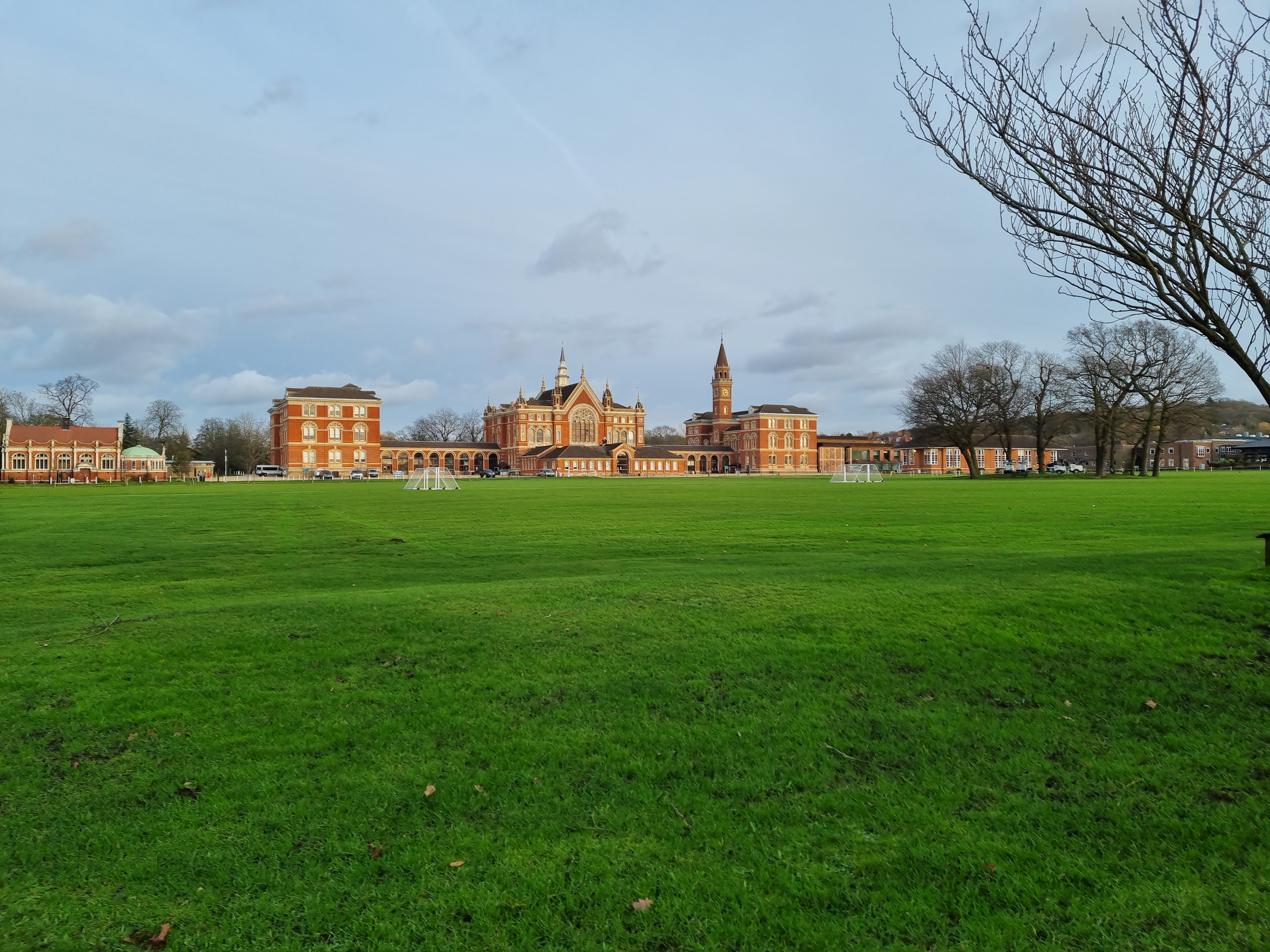




We found photos of far away objects taken at 10x and below were of decent quality and perfectly usable. Anything higher than that becomes very grainy, and the quality deteriorates quickly.
The 10MP selfie camera on the front of the phone is less headline-grabbing, but it proved capable enough during our testing. With the world increasingly staying in touch via video calls in this era of lockdowns, you’ll find this camera is up to the task, and we found it gave us some great selfie results too.

Another new feature for the Galaxy S21 is a Director’s View mode, which enables you to shoot with the front and rear cameras at the same time. The idea here is vloggers and other content creators can capture reaction shots of themselves, which they can splice in alongside their main footage.
We found the feature to work well, and it’s similar to the option we’ve seen on HMD Global’s Nokia phones in recent years. We’re not sure how many people other than vloggers will actually use this feature, but it’s another fun upgrade that encourages you to experiment.
For video, you’ve got the option of 8K at 24 frames per second, which offers maximum quality and detail, but which we found to be a touch too cropped for our liking. More usefully there’s also 4K at 30 and 60 frames per second, as well as Full HD at 30, 60 and 240fps.
Samsung Galaxy S21: camera samples
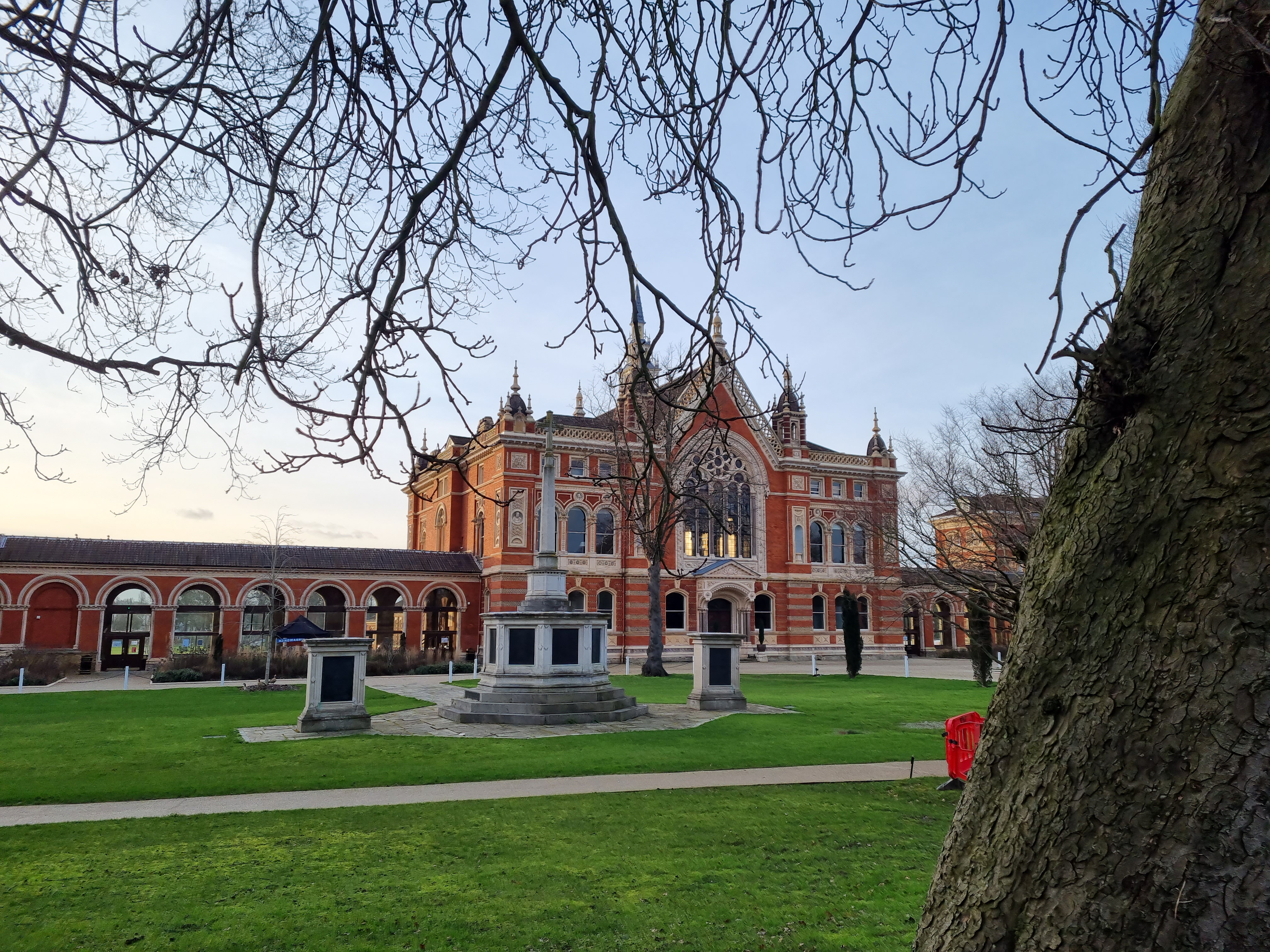






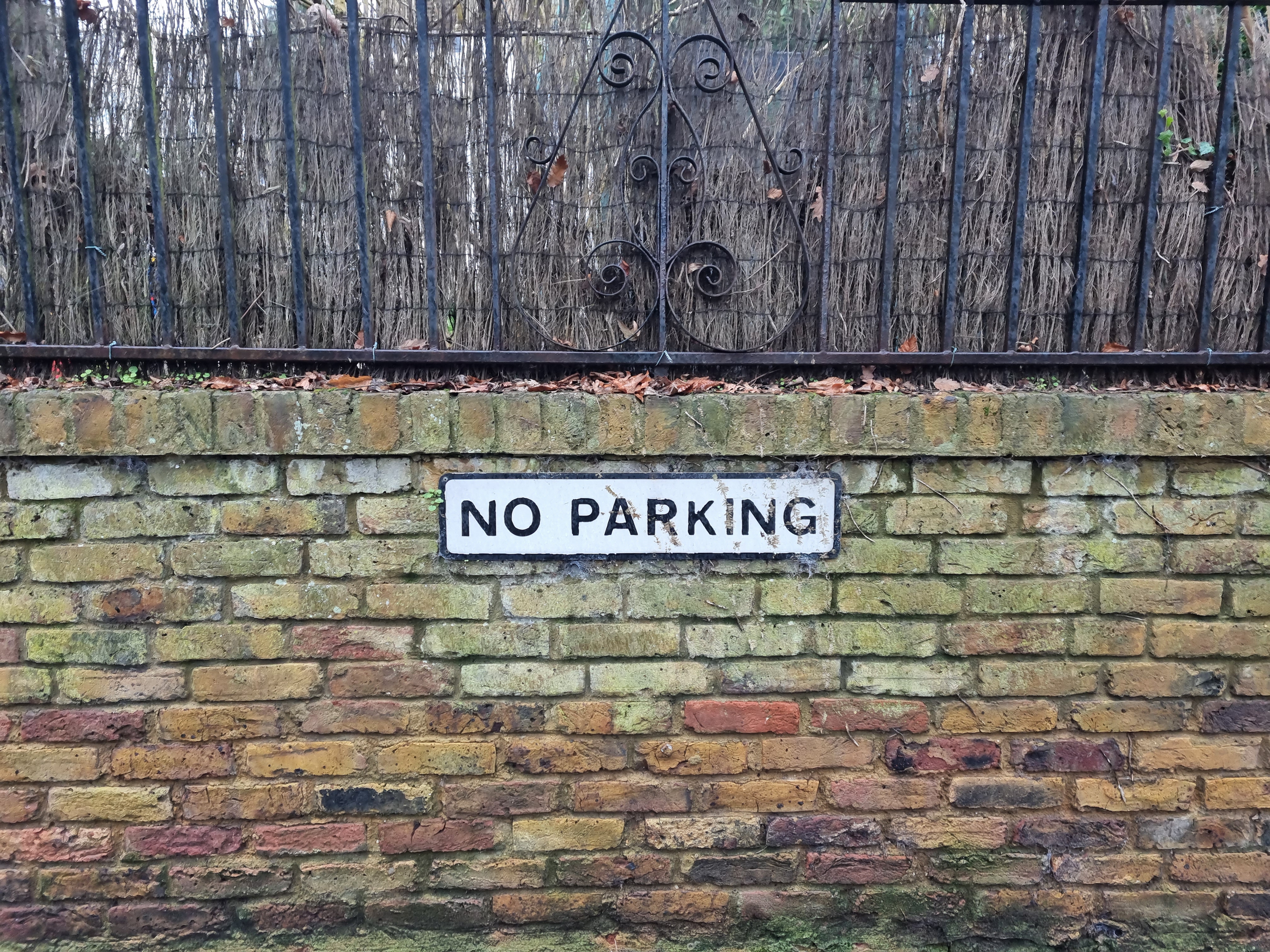

Samsung Galaxy S21: specs and performance
- Uses Snapdragon 888 in the US, Exynos 2100 elsewhere
- Exynos is a big step up for Samsung's chipsets
- No microSD, only options are 128GB or 256GB
The Galaxy S21 phones were the first devices to use either Qualcomm’s Snapdragon 888 (US) or Samsung’s own Exynos 2100 (just about everywhere else). Those were the latest generation of top-end chipsets when the S21 range launched, though they've since been superseded.
We’ve only had the chance to test the Exynos 2100 version of the S21, and it seems like a major improvement over previous generations of Samsung’s chipset. In the past, the Exynos variant tended to lag behind the Qualcomm-powered phones in some areas but here the gap seems to have narrowed.
In Geekbench 5, the Samsung Galaxy S21 returned a multi-core score of 3367. That's notably better than the Galaxy S20 (the one featuring the Exynos 990 chipset) that returned a score of 2699.
Benchmarking doesn't show everything, but we've found everyday tasks on the phone have been faster than previously with the handset more than capable at handling gaming, multi-tasking and having multiple apps open in split-screen view too.
We’ve yet to test the Samsung Galaxy S21 with a Qualcomm Snapdragon 888 chipset inside, but the Galaxy S21 Ultra performed well with this chipset inside so we’d expect similar results from the S21.
Overall, the Exynos 2100 variant of the handset is a step above what we've seen from Samsung previously and this offers one of the best experiences when it comes to performance on an Android phone right now.

In the S21 both chips are paired with 8GB of RAM – if you want more than that on an S21 series device, you’ll want to opt for the Galaxy S21 Ultra, which comes with either 12GB or 16GB.
Along with that 8GB of RAM you’ve got the choice of either 128GB or 256GB of storage. The big news here is that Samsung has dropped microSD support from the S21, so you can’t expand on the built-in storage.
The company is instead just offering internal storage, and again this seems to be a cost-saving measure from Samsung, but it’s likely to disappoint anyone who wants the most affordable handset but needs a lot of storage.
The S21 runs Android 11 out of the box with Samsung’s One UI 3.0 skin, which is among our favorite software interfaces. The phone has since been updated to Android 12, and it will be getting Android 13 when that's available too.
The software available on this phone works well, and you've got access to a whole host of extra Samsung services on top of the normal Android apps you expect from a modern smartphone.
Samsung has fully embraced 5G for the S21 line too, as all variants of the Galaxy S21 are 5G-compatible. Even if you’re not in a 5G-ready area, it essentially means you’re futureproofed, ready for when 5G connectivity is more widely available.
Samsung Galaxy S21: battery life
- A 4,000mAh battery inside that lasts the whole day
- 120Hz has a detrimental effect on battery life
- Doesn't come with a charger in the box
Battery life on the Samsung Galaxy S21 is solid, although it’s not a game-changing improvement over the S20, as the company may have led some to believe with its new Exynos 2100 chipset.
We generally found that the phone would comfortably last a full day, but on one occasion, when we were making more use of the phone’s GPS signal and other power-hungry features we found the device ran out of steam by around 10pm.
Recharging the S21 is easy, using the company’s 25W fast-charging tech via the phone’s USB-C port. It’s also compatible with Qi wireless charging, and we found that worked well during our testing.
Reverse wireless charging is also supported, so you can use your phone’s power to top up devices such as Qi-compatible wireless headphones, but we found that to be slow, and it’s a feature you’d likely only want to use in emergencies.
One thing missing is compatibility with Samsung’s 45W chargers that worked with the S20 series. Samsung told TechRadar that it’s made optimizations to the 25W charging capabilities of its new phones, so 45W charging wasn’t that significant a benefit.
The other thing to note here is that the Galaxy S21 doesn’t come with a charger in the box. Samsung has followed in Apple’s footsteps by not bundling a charger with its new phones as it seeks to cut down on e-waste.
The thinking is that, if you’re buying a new Samsung phone, you likely already have a compatible USB-C charger that will work just fine. If you do need a charger you’ll have to buy one, but while Samsung has dropped the price of its charger to $19 in the US, in other markets they’re still pretty expensive, so it’s something to be aware of.
Should I buy the Samsung Galaxy S21?

Buy it if…
You want a smaller Samsung phone
The Samsung Galaxy S21 isn’t the smallest premium phone on the market – that honor likely goes to the iPhone 12 mini – but it’s a good choice for anyone who doesn’t want a fantastically large smartphone in their pocket. It’s 6.2-inch screen may look large on paper, but the phone itself is notably smaller than a lot of its Android competition.
You need one of the most powerful Android phones
The Galaxy S21 offers some phenomenally good performance, and if you need a smartphone that can handle multiple tasks at once in split-screen view or when gaming this will likely be it.
If you’ve got a much older phone
If you have the Galaxy S20 then the S21 isn’t an essential upgrade, as it doesn’t represent a clear improvement in terms of specs and features, but if you have the S10 or below you’re more likely to find the S21 a worthwhile upgrade. It’s also suitable for those who have older phones from other manufacturers and want to try a Samsung device.
Don’t buy it if…
You own a Samsung Galaxy S20
As we say above, if you already own the Galaxy S20, there’s little reason to upgrade to this handset, as it doesn’t represent a clear improvement in terms of specs and features. Instead, you'll want to look toward the Galaxy S21 Ultra or perhaps wait for whatever Samsung does next.
You need lots of storage
The Samsung Galaxy S21 is hamstrung by its relatively meagre built-in storage and lack of microSD support for expanding on that. If you need lots of space on your smartphone for games, music and video, you’re better off going for almost any other top Android phone, as most will let you slot in a microSD card.
You want the best of the best
The Samsung Galaxy S21 isn’t the star of the Galaxy S21 family – if you’re after the very best from the company in 2021 you’ll want to look at the Galaxy S21 Ultra – if your budget can stretch to its considerable price tag.
Also consider
If this Samsung Galaxy S21 review hasn't helped you decide on your perfect smartphone, here are some other mobiles to consider.
Samsung Galaxy S22
The successor to the Galaxy S21 brings minor tweaks and also a camera overhaul, and if you can find it for a good price it's the one you should opt for.
Check out our Samsung Galaxy S22 review
iPhone 13
If you're okay with ditching Android for iOS, Apple's iPhone 13 is the annual rival for the S21, and it's a bit smaller with fewer cameras, but has more processing power.
Check out our iPhone 13 review
Google Pixel 6
The Google Pixel 6 has top cameras, clean software and an interesting design, all for a price that's slightly lower than the S21.
Check out our Google Pixel 6 review
First reviewed: January 2021
How we test
We pride ourselves on our independence and our rigorous review-testing process, offering up long-term attention to the products we review and making sure our reviews are updated and maintained - regardless of when a device was released, if you can still buy it, it's on our radar.
James is the Editor-in-Chief at Android Police. Previously, he was Senior Phones Editor for TechRadar, and he has covered smartphones and the mobile space for the best part of a decade bringing you news on all the big announcements from top manufacturers making mobile phones and other portable gadgets. James is often testing out and reviewing the latest and greatest mobile phones, smartwatches, tablets, virtual reality headsets, fitness trackers and more. He once fell over.



